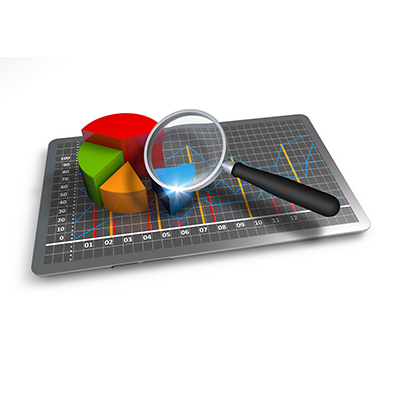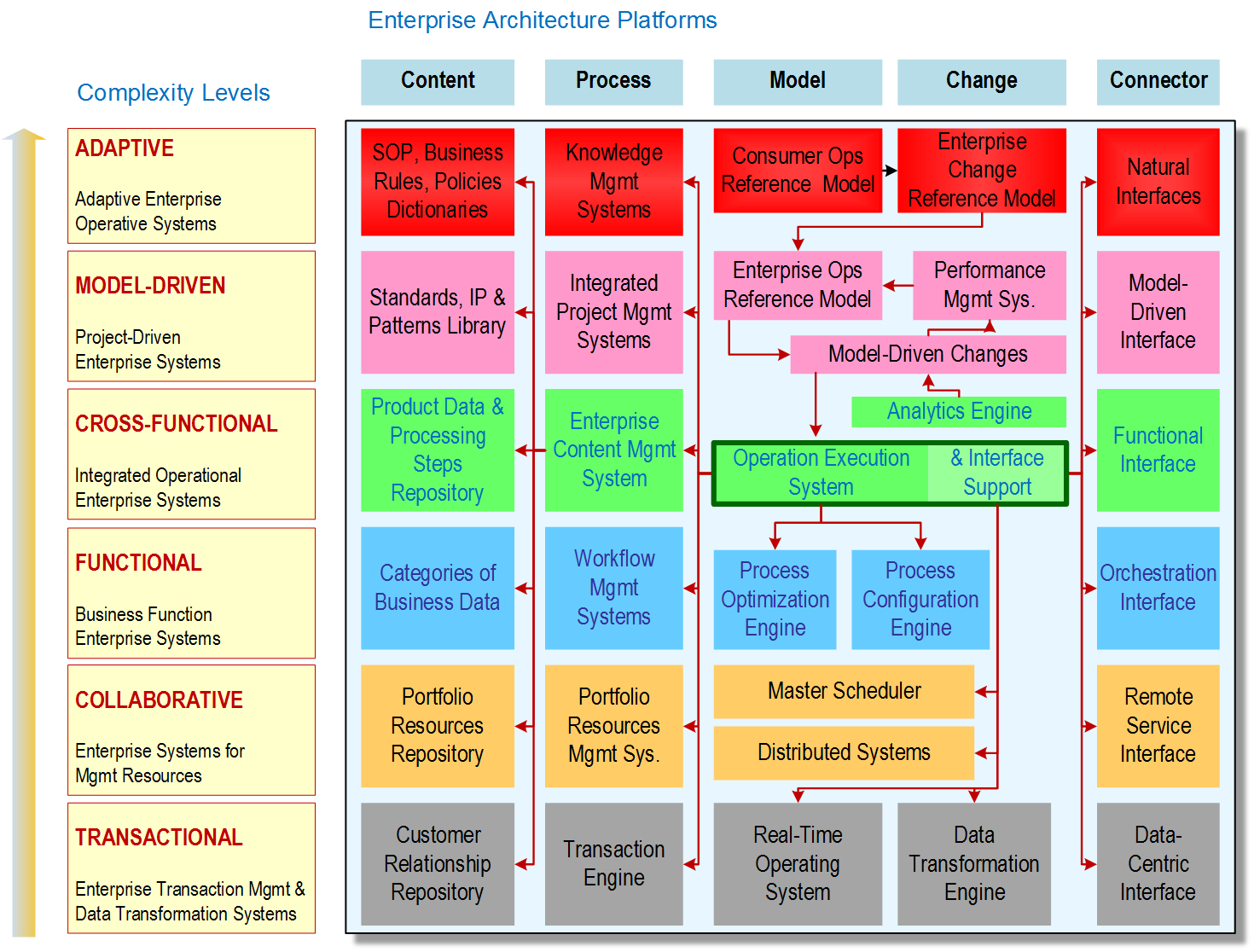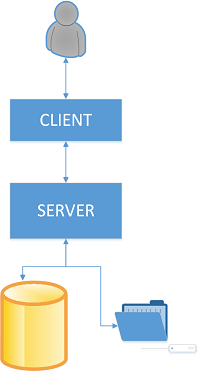 GES for IT
GES for IT

Evaluating an IT professionals ability to change jobs from one business to another is very difficult for few reasons. They have been aknowledged many years ago by programming legends such as Grady Booch and Jim Gray. In 2008, in an interview with Scientific American magazine - Software's Dirty Little Secret - Grady Booch made the following statement:
"...In other disciplines, engineering in particular, there exist treatises on architecture. This is not the current case in software, which has evolved organically over only the past few decades. All software-intensive systems have an architecture, but most of the time it's accidental, not intentional. This has led to the condition of most software programming knowledge being tribal and existing more in the heads of its programmers than in some reference manual or publicly available resource."
Another legend, Jim Gray, which made possible the use of relational database in modern system architetcure made aother statement in an interview with Mark Whitehorn in 2006 Deconstructing databases with Jim Gray:
"...One of things that we worked on for decades is a transactional workflow metaphor. The basic idea is that if x is a good idea in computer science, then recursive x is better. So if we have transactions that are flat and are units of work, we should be able to nest them and parenthesise them and have sub transactions and sub sub sub transactions. Frankly, over 25 years there's been a lot of work in this area and not much success."
In both cases, Jim Gray and Grady Booch are pointing to limitations which are fundamental to the design of enterprise systems. Our approach to evaluate experience in enterprise IT systems is to use the same adaptive model as a bridge between business workflows, change, and IT systems. We call this approach 'Adaptive Engineering' (more to come)
Map of the enterprise MIS functions
Information Technology in Enterprise
This is the detailed model used in calculating the TE score

We evaluate an IT professional skills (TGES TE) in enterprise architecture using this framework.
How TC Is Calculated
The ability to understand and design components for enterprise systems we captured with TGES TC score (C is for complexity).

In the same interview Grady Booch describe how difficult is to design and develop software:
Our society now runs on software. As a general rule of thumb, worldwide, software developers produce around 33 billion lines of new or modified code per year, and it quickly becomes outdated as new demands are placed on software. If I don't have a sense of the architecture, and I keep piling on code, it becomes a fetid mess. The danger of this stagnation to a large business is that if a smaller and nimbler competitor comes along with a better way of doing things, the large business has trouble adapting and can easily lose its leadership position in a given market. There becomes a fundamental economic reason for software architecture then. This is particularly difficult for growing businesses that are completely based on software, companies like eBay or Google, which don't actually manufacture anything tangible and yet who rely on software as central to their business.
AT the highest level we split the platforms in client, server, database and other data repositories. In order to evaluate the ability of an IT professional to manage complexity we use our internal module design, together with our understanding of technologies (more to come).
Short Summary of TGES
Techonology Gainful Employment Score (TGES) for IT Professionals
- Definition: This score measures job seeker ability to cope with changes in traditional business roles and in either one of the two IT areas of a business. First area is the developing of software as a product or part of a product, and the second area is part of the business MIS. For traditional business role (Operations and Management), a job seeker is measured using the same criteria used in GES for business roles. To these scores we add the cadidate skills in IT. We measure those skills accross two dimensions: application lifecycle complexity and enterprise applications (a combination of how complex the different types of components are and the complexity of targeted business function).
- Applies: job seekers working with software (business IS or product software)
-
Information Systems And Developer Roles:
Operative: Entry Level, Operative (Support, Development, QA, etc.), Senior Operative, Project Manager
Manager: Team Lead, Manager (DevOps, Development, etc.), Architect, Enterprise Architect, CIO
-
Major Career Paths:
Management: Product/Product Line Owner (for software companies or products with extensive software/hardware components), Enterprise Architecture (Chief Architect), Management Information Systems (CIO)
- Measures: O - operative skills M - management skills TC - programming skills TE - ability to design, build, deploy, and maintain business information systems
- Factors used in calculation: in addition to O and M, the T component has two scores: TC is directly related to the complexity of the application a job seeker has experience with, and TE captures the relationship between the same application and the complexity of the business function it automates
- Values: four values - 0 to 1000
-
Class score ratings for TC:
Web-Based Client Platform: (i.e. for internal business apps using Javascript, CSS, HTML5)0 to 100Server-Based Platform: (i.e. Web server, RMI, IOT)100 to 200Web-Based Client/Web-Based Server Platform: (i.e. Full-stack apps, Online Sales, CRM)200 to 300Web-Based Client/Cloud-Based Server Platform: (i.e. Salesforce, ERP)300 to 400Native Application Platform: (i.e. Word, Photoshop, IDE, Databases, Search Engines, Cloud Platforms, OS - Linux, Windows)400 to 600Native Client/Custom Server Platform: (i.e. Integrated Remote Systems, UAV integrated platforms for Global Hawk, Predator)600 to 800Real-Time Native Client/Custom Server Platform: (i.e. Integrated Robotic Systems for Assembly Lines)800 to 1000 -
Class score ratings for TE:
Transactional Engine-Based Platform: (i.e. Online Sales)0 to 200Collaborative System-Based Platform: (i.e. Supply Collaboration Plaform)200 to 350Business Function Centric Platform: (i.e. Sales, CRM, MRP)350 to 500Cross-Functional Enterprise Platform: (i.e. ERP + CRM + MRP + Finance +...)500 to 700Model-Driven Enterprise Platform:700 to 850Adaptive Enterprise Operational Platform:850 to 1000 -
Group ratings for each class calculated as percentage:
Poor:0 to 25 %Fair:25 to 45 %Good:45 to 80 %Excellent:80 to 100 %
Note: There is a difference in points between building internal business applications and when these are part of a product. In the second case the score is much higher because it is core component of a value chain cycle. In that case, even applications that have their logic embedded in mostly Javascript, can get a much higher score.
Score assessment: past role in MIS operations (support, maintain enterprise applications, DevOps, etc), now in role of CIO, past experience in developing native applications, and in the enterprise application space, expertise in collaborative platforms (i.e. similar to message-based banking).
The TE score capture a job seeker experience in the enterprise application area.
Outstanding personal achievments in Information Systems field also helps a job seeker achieve a higher score. Writting a popular book in the field, or great contributions to open source, high participation in forums where professional advice is requested, early member in startups, or having a popular blog in the tech community will allow a job seeker to have a higher score.